Hi there, pet lovers! 🦎
Blue-Tongued Skinks are one of the most fascinating and rewarding reptiles to keep as pets. Known for their striking blue tongues, calm demeanor, and hardy nature, these lizards are a favorite among reptile enthusiasts. Whether you’re a beginner or an experienced keeper, this comprehensive review will cover everything you need to know about Blue-Tongued Skinks, from their temperament and care requirements to their availability and costs. Let’s dive in!
Overview
Blue-Tongued Skinks are large, ground-dwelling lizards native to Australia, Indonesia, and New Guinea. They are known for their docile nature, unique appearance, and relatively low-maintenance care requirements. Here’s a quick summary of what makes them stand out:
- Handling and Temperament: Generally calm and easy to handle, but can be inquisitive and occasionally skittish.
- Care and Maintenance: Low-maintenance compared to other reptiles, with straightforward dietary and habitat needs.
- Health and Durability: Hardy and resilient, with few major health concerns.
- Availability: Limited availability due to high demand and low reproduction rates.
- Cost: Moderate to high upfront costs, but affordable long-term care.
- Overall: A fantastic pet for reptile lovers, but availability and initial costs can be a hurdle.
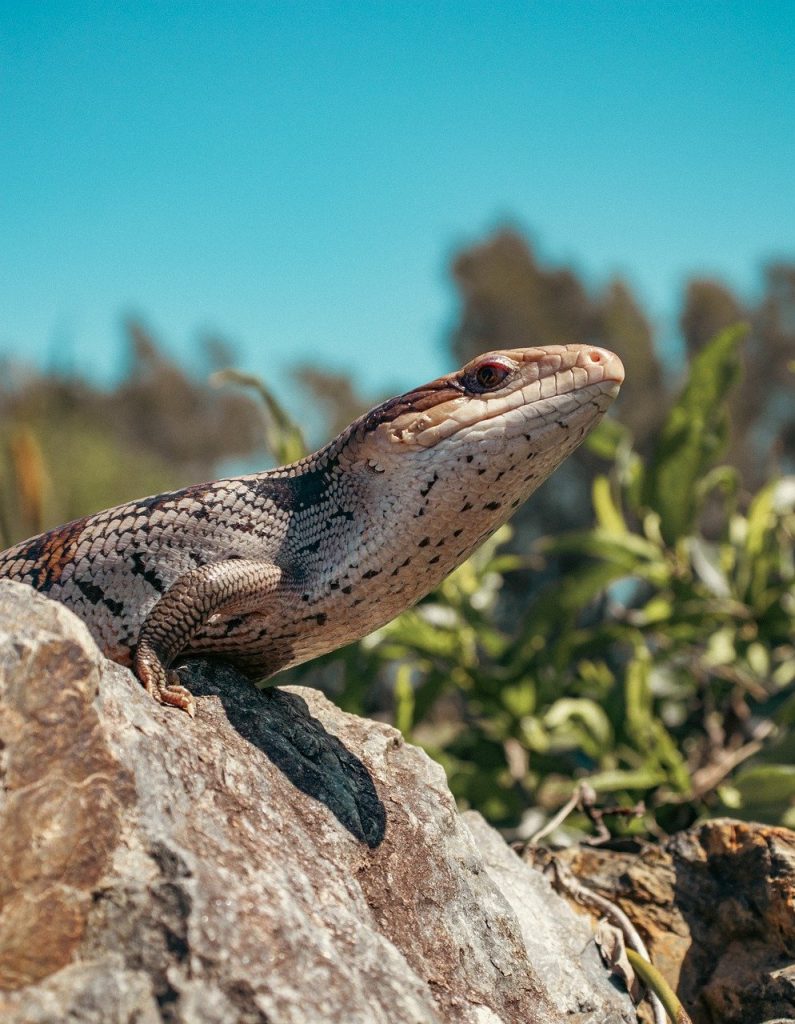
Why Choose a Blue-Tongued Skink?
Blue-Tongued Skinks are ideal for those looking for a unique, interactive, and low-maintenance reptile. They are large enough to handle confidently but not so large that they become difficult to manage. Their calm temperament, long lifespan (15-20 years), and fascinating behaviors make them a rewarding companion for dedicated pet owners.
Handling and Temperament
Blue-Tongued Skinks are generally easy to handle, but their personalities can vary. They are known for their calm and inquisitive nature, often seeking attention from their owners. Here’s what you need to know about their temperament and handling:
Personality Variations
- Some Blue-Tongued Skinks are calm and mellow, while others are more active and curious.
- They are social in a way that many reptiles aren’t, often appearing to crave interaction with their owners.
Handling Tips
- Always handle them gently to avoid stress or injury.
- Avoid handing them to small children, as rough handling can harm the skink.
- Be mindful of their tails, which they can drop if stressed (though this is rare).
Biting
- Blue-Tongued Skinks rarely bite, but if they do, it’s usually a small nip that might draw a drop of blood. It’s not painful or dangerous.
Overall, Blue-Tongued Skinks are a joy to handle, but their individual temperaments should be respected.
Care and Maintenance
Blue-Tongued Skinks are relatively low-maintenance, but they do have specific care requirements. Here’s what you need to know:
Enclosure Setup
- Size: A 40-gallon tank is ideal for one adult Blue-Tongued Skink.
- Substrate: Use coconut fiber, reptile carpet, or cypress mulch. Avoid loose substrates that could cause impaction if ingested.
- Hiding Spots: Provide plenty of hiding spots to make them feel secure.
- Climbing Space: While they are not arboreal, they enjoy exploring, so adding branches and rocks can enrich their environment.
Humidity and Temperature
- Humidity: Blue-Tongued Skinks require moderate humidity (40-60%). Mist the enclosure occasionally to maintain proper humidity levels.
- Temperature: They thrive at a basking temperature of 95-100°F and a cooler side of 75-85°F. Avoid overheating, as temperatures above 100°F can be harmful.
Feeding
- Diet: Blue-Tongued Skinks are omnivores and eat a variety of foods, including vegetables, fruits, and protein sources like ground turkey, eggs, and insects.
- Supplements: Dust their food with calcium and vitamin D3 supplements to ensure proper nutrition.
- Feeding Schedule: Feed them 2-3 times a week, adjusting portion sizes based on their appetite.
Lighting
- Blue-Tongued Skinks benefit from UVB lighting, which helps them metabolize calcium and maintain overall health. Provide a UVB bulb for 10-12 hours a day.
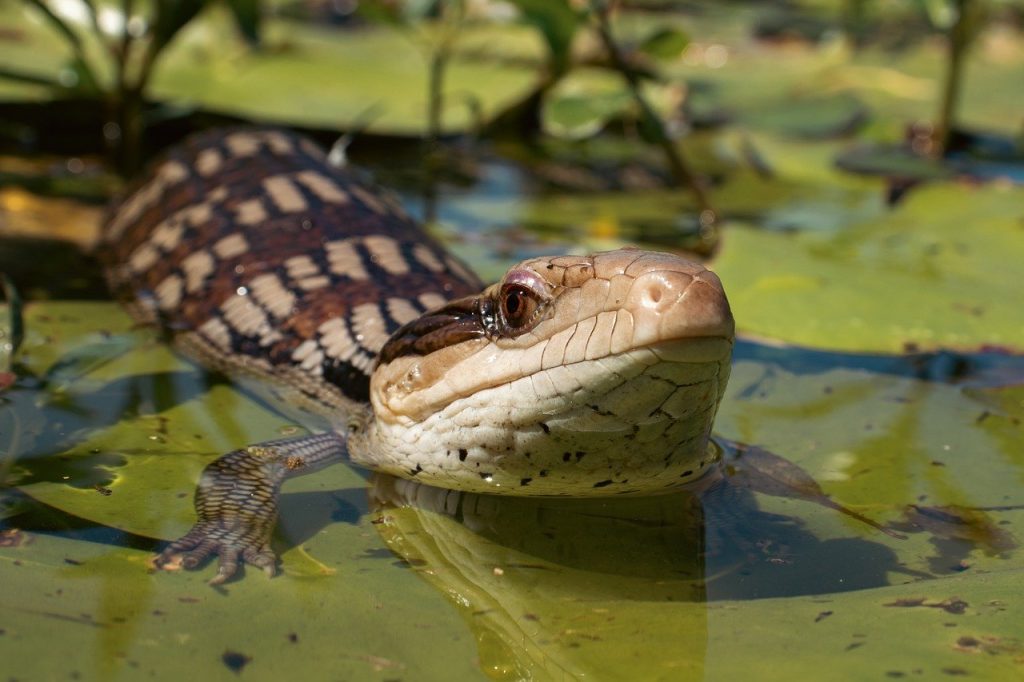
Health and Durability
Blue-Tongued Skinks are generally hardy but can be sensitive to environmental changes. Here are some key points to keep in mind:
Common Health Issues
- Respiratory Infections: Caused by excessive humidity or poor ventilation.
- Dehydration: Occurs if humidity levels are too low.
- Shedding Problems: Inadequate humidity can lead to incomplete shedding, particularly on their toes.
Preventative Care
- Maintain proper humidity and temperature levels.
- Handle them gently to avoid injury.
- Provide a balanced diet and clean water.
With proper care, Blue-Tongued Skinks can live 15-20 years, making them a long-term commitment.
Availability and Cost
Blue-Tongued Skinks are widely popular but can be challenging to find due to their limited availability. Here’s what you need to know:
Where to Buy
- Breeders: The best option, as breeders can provide healthy, well-cared-for skinks.
- Reptile Expos: Great for meeting breeders and choosing from a variety of skinks.
- Pet Stores: Less ideal, but some stores carry Blue-Tongued Skinks.
Cost
- Skink Price: $150 to $500 for standard morphs, with rare morphs costing thousands of dollars.
- Setup Cost: Around $200 to $400 for a basic enclosure and supplies.
Pros and Cons
Pros
- Easy to handle and interact with.
- Low-maintenance compared to other reptiles.
- Hardy and resilient, with few major health concerns.
- Long lifespan (15-20 years).
- Unique appearance and fascinating behaviors.
Cons
- Sensitive to environmental changes.
- Require moderate humidity and temperature monitoring.
- Limited availability and high upfront costs.

Final Thoughts
Blue-Tongued Skinks are a fantastic choice for anyone looking to add a unique and engaging pet to their home. Their ease of care, hardy nature, and charming personalities make them a favorite among reptile enthusiasts. While they do have specific care requirements and can be challenging to find, the effort is well worth the reward of having these delightful creatures as part of your family.
If you’re considering a Blue-Tongued Skink, we highly recommend visiting a breeder or expo to meet them in person. Their individual personalities and stunning appearances are sure to win you over.
Have you owned a Blue-Tongued Skink? Share your experiences and tips in the comments below! We’d love to hear how you care for your skink and what makes them special to you.
For more reptile care tips and reviews, stay tuned to our blog and don’t forget to subscribe to our newsletter! 🦎



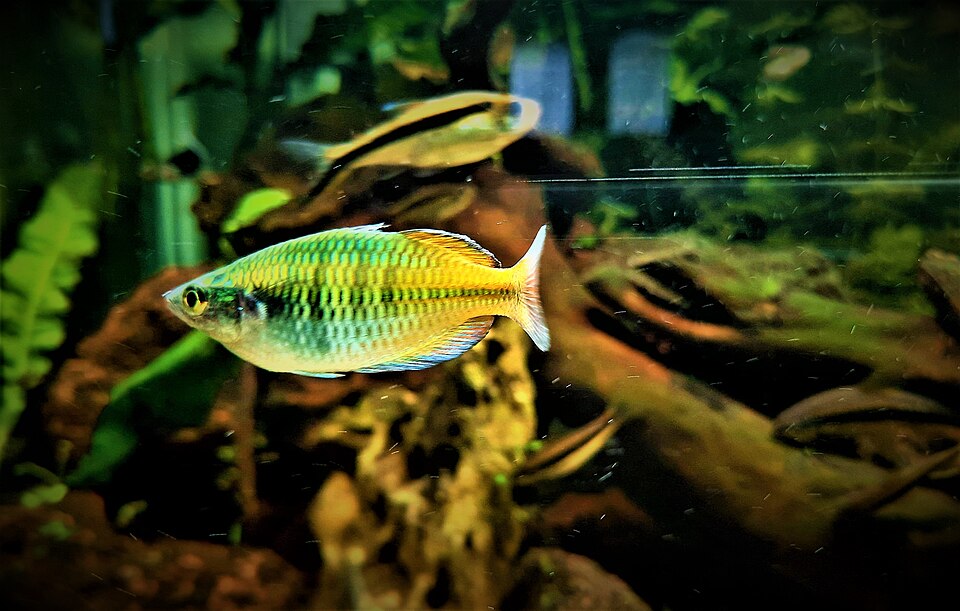
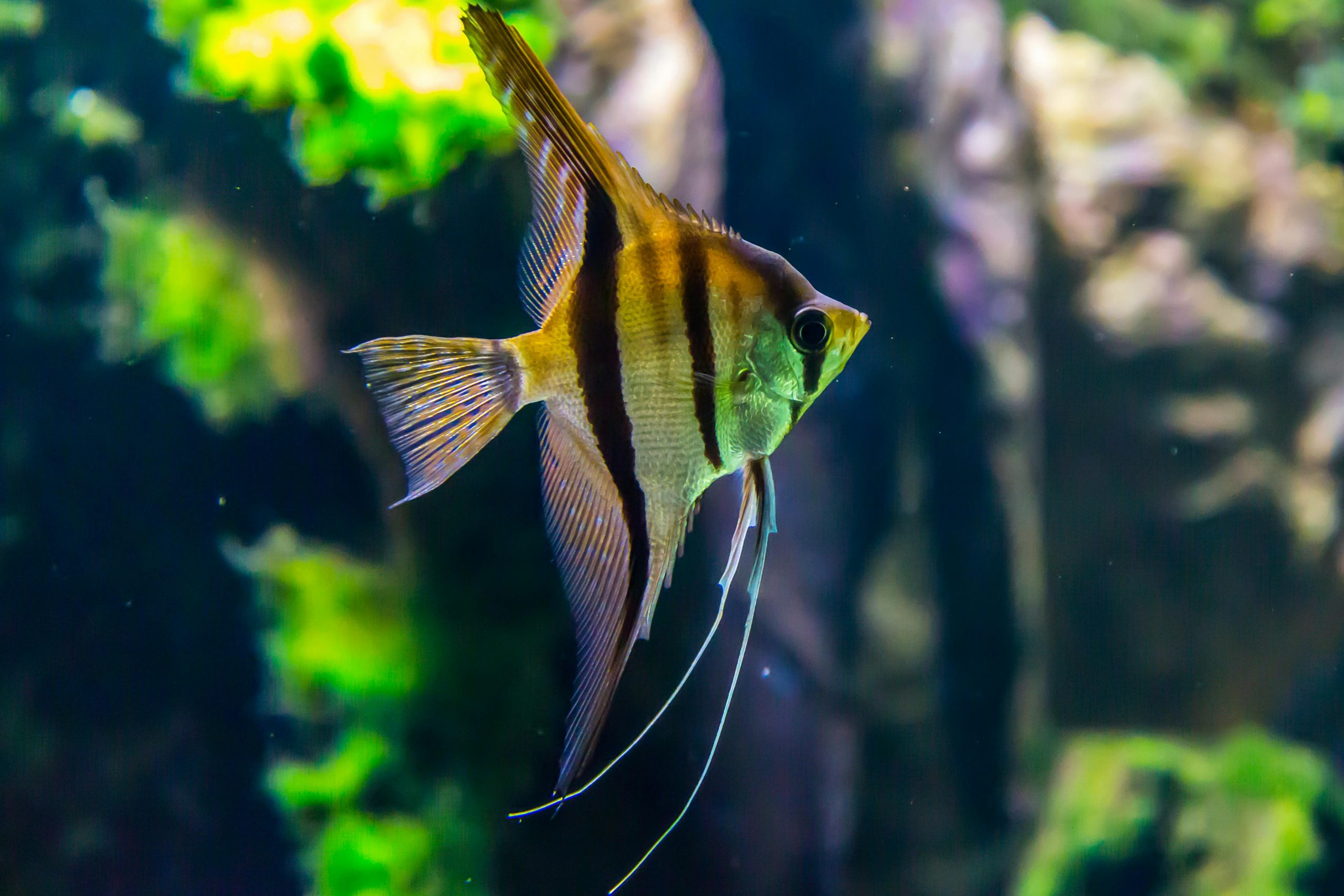
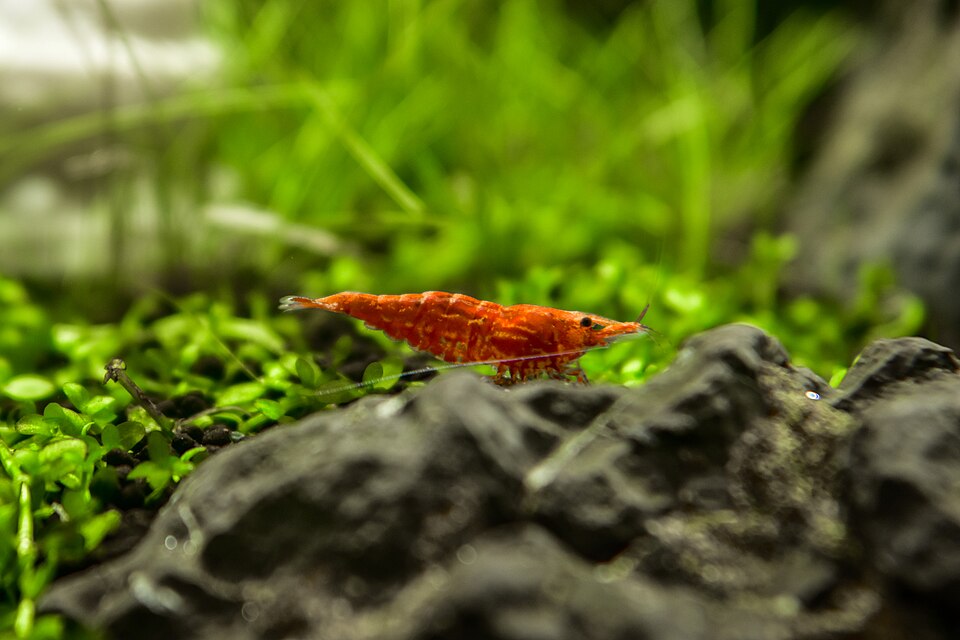

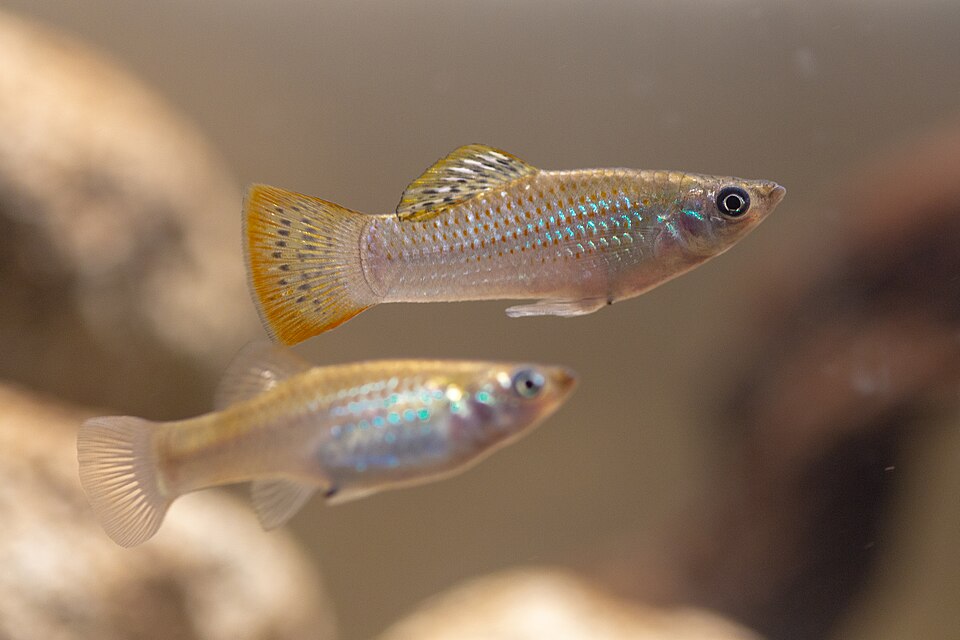
Leave a Reply